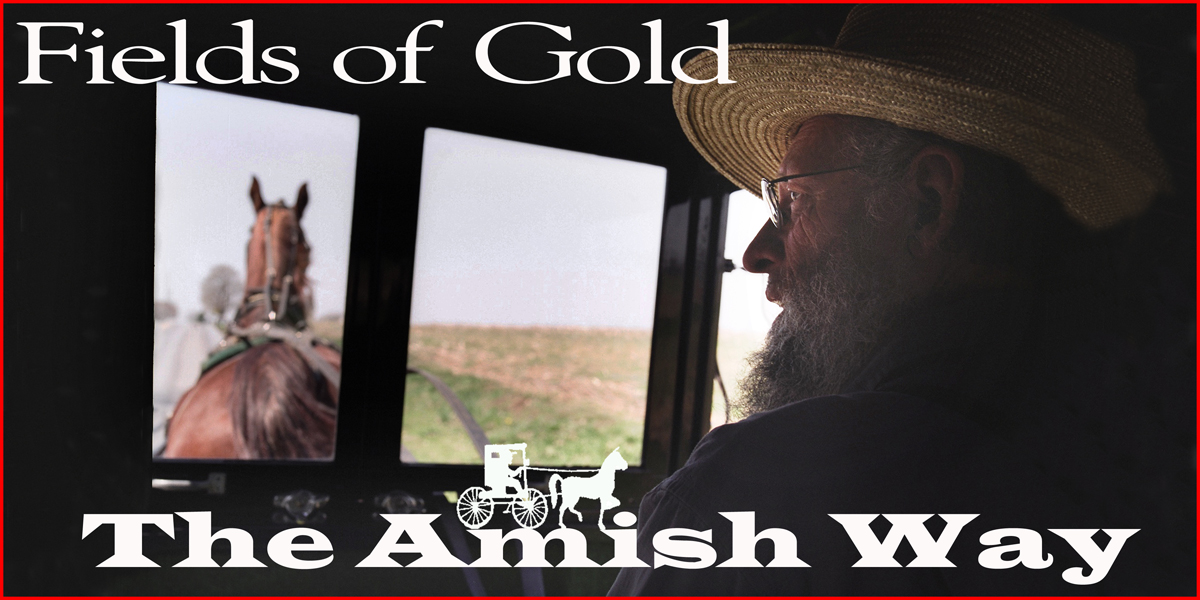The Old Order Amish of Lancaster County
They came from Germany’s Palatinate to the fertile land of Lancaster County in Pennsylvania, to avoid the religious persecution of Martin Luther and ‘The Protestant Reformation’. They brought with them an authentic way of life that, even in modern times, transports us back into the living past. The Old Order Amish of Lancaster County, in south eastern Pennsylvania, represent one of the most well-known and enduring Anabaptist communities in the United States. Their roots trace back to the early 18th Century, when Amish immigrants from Switzerland and Germany settled in Pennsylvania seeking religious freedom. Led by Jacob Amman, the Amish movement broke from the Mennonites in the late 1600’s due to differing views on church discipline and social separation.
-lipa2026awf--working-amish-farmland-in-lancaster-county-screen.jpg)
Religion is at the heart of Amish life. The Old Order Amish adhere strictly to the teachings of the Bible, interpreted through the Ordnung—an unwritten set of rules that governs daily life. Their beliefs emphasize humility, community, and separation from the modern world. Worship services are held in homes rather than churches, with rotating hosts, and the services, lasting several hours, are conducted in High German. The Amish community speak Pennsylvania German (which is called Pennsylvania Dutch). Dutch being a misnomer for the German word ‘Deutsch’.
Customs and traditions emphasize simplicity and modesty. The Amish reject many modern technologies such as cars, electricity from public grids, and television, believing these innovations lead to pride and moral decline. Transportation is by horse and buggy, and homes are typically unadorned and functional. Family and community are central, with large families being the norm.
Amish appearance reflects their values of modesty and humility. Men wear plain dark suits, broad-brimmed hats, and grow beards after marriage. Women wear solid colors, dresses with aprons and bonnets, and do not cut their hair. Jewellery and makeup are avoided.
---lipa2034awd-----------amish-children-in-buggy-in-lancaster-county.jpg)
Education in Amish communities ends after the eighth grade. Children attend one-room schoolhouses taught by Amish teachers. The curriculum focuses on basic subjects, religious instruction, and practical skills. This limited education is rooted in the belief that higher education can lead to pride and worldly temptations. Farming remains a primary occupation for many Old Order Amish, especially in Lancaster County’s fertile countryside. Their farms are usually horse-powered and family-run, producing dairy, crops, and handmade goods. However, some have expanded into small businesses such as woodworking, quilting, and baking to supplement income.
As of 2024, Lancaster County is home to over 40,000 Old Order Amish, making it one of the largest Amish settlements in North America. The Amish population is growing rapidly, doubling approximately every 20 years due to high birth rates and low attrition. Despite modern pressures, the Old Order Amish of Lancaster County continue to preserve their way of life, offering a unique glimpse into a culture committed to tradition, faith, and community.
My interest in the Amish community stems from their close resemblance to Ireland of the 30’s – 60’s, before electricity, cars, tractors and industrialisation.


-lipa2043awd--amish-family-travelling-in-buggy-in-lancaster-county.jpg)
